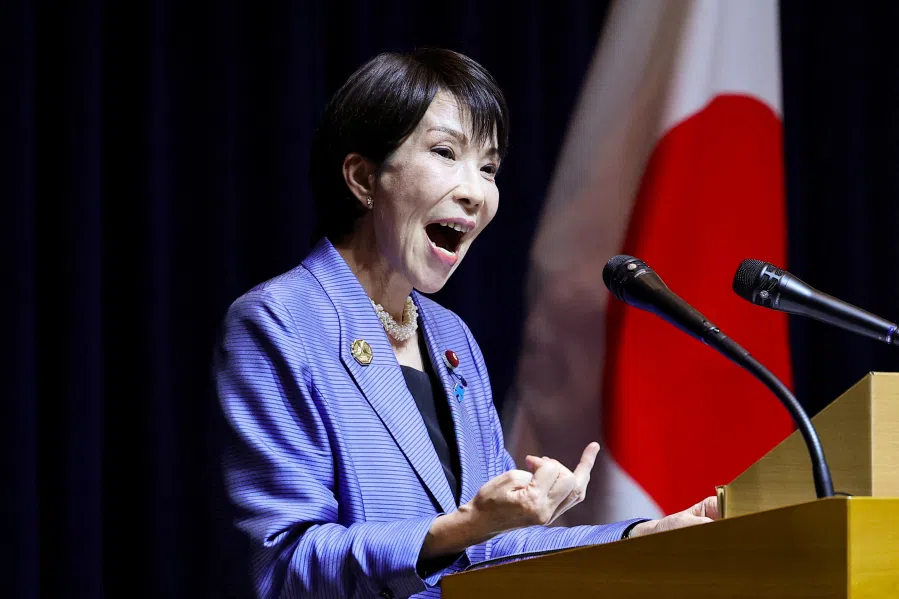Nine things to look out for during Trump’s second term
On 20 January, Donald Trump will be inaugurated as US president. Chinese commentator Chen Liujun points out nine key things to keep a lookout for as Trump returns to the White House for his second term.
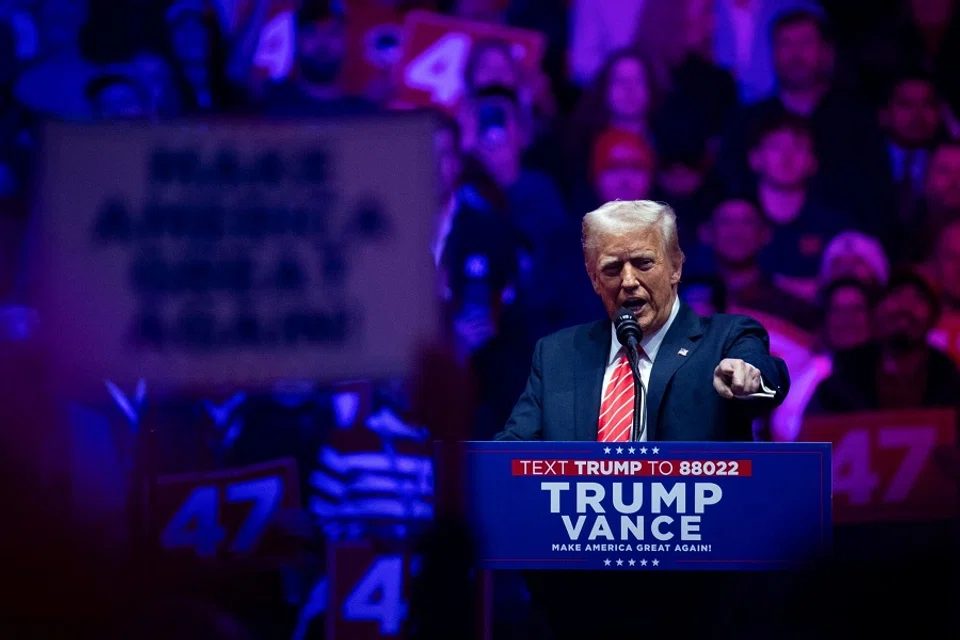
As Donald Trump becomes the 47th US president on 20 January, media outlets are claiming that his new administration has already drafted 100 executive orders and stands ready to effect change immediately after taking office. The entire world is anxiously awaiting to see what Trump will do as the newly inaugurated leader. As the world’s leading superpower, the US and its policies have always been a focal point. However, Trump, unlike his predecessors, exhibits a degree of unpredictability and unconventional behaviour that can leave observers confused. I will briefly outline nine areas of interest, based on news reports.
1. War in Ukraine
Now in its third year, the Russia-Ukraine war is one of the most intense and significant wars since World War II, commanding global attention and shaping the future trajectory of international relations. Trump has boldly claimed that he can broker a substantive ceasefire between Russia and Ukraine within 24 hours.
This claim will be an initial test of his political credibility during his second term, whether it is just more of his usual grandstanding, or if he actually has a concrete and effective plan. If successful, it would be a rebuke to political leaders worldwide. If unsuccessful, the complexity and difficulty of the task is understandable, though questions will remain about how someone like Trump could lead the world’s most powerful nation. Recently, some members of Trump’s team have hinted that achieving a ceasefire may take six months.
2. Immigration
This is likely the most pressing domestic issue Trump faces, as it was one of his key campaign promises. Upon taking office, he must address the challenge of dealing with 12 million undocumented immigrants — a nearly impossible task, yet one he must tackle. This will require significant human, material and financial resources to identify, screen and deport various groups of immigrants. This task will put immense pressure on Trump, who has vowed to enhance government efficiency and reduce public spending.
... the mechanisms and standards for determining tariff rates, defining the scope of technology restrictions, and implementing various economic sanctions remain key areas that warrant close observation from other nations.
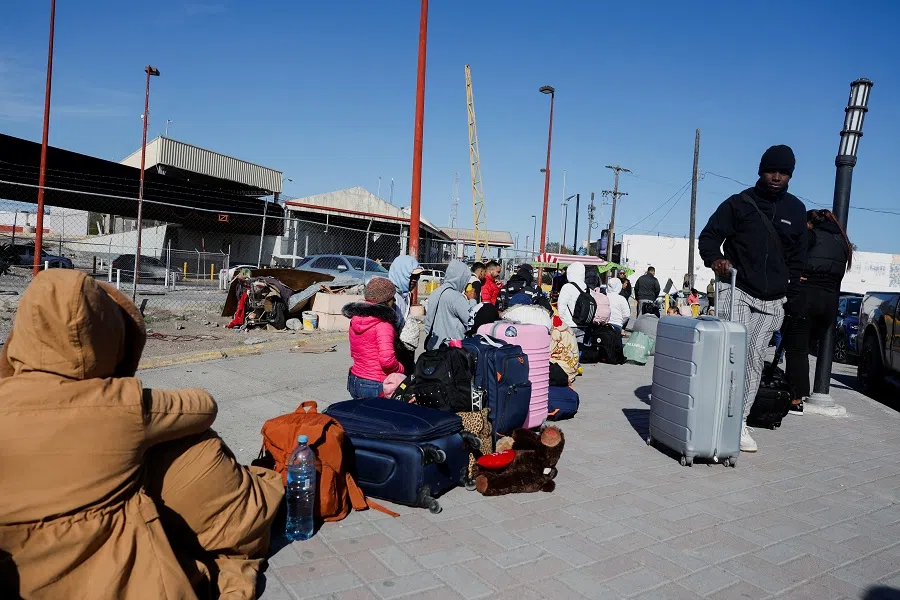
Furthermore, finding recipient countries for undocumented immigrants is proving difficult, as no nation has yet to step forward and offer assistance. If apprehended immigrants cannot be deported, it will certainly be rather embarrassing for Trump. It is likely that these deportation efforts will end up being mere bluster, with little action actually being taken. On the bright side, there appears to be some consensus within his team on the immigration of highly-skilled migrants; there is greater tolerance for eligible elites.
3. Economic, trade and technology policies
From a conservative standpoint, Trump’s primary goal has been to protect American jobs with stronger measures, enhance the competitiveness of US industries and maintain the country’s technological edge to “make America great again”.
It seems inevitable that his administration will implement widespread high tariffs, with a cutthroat, profit-driven approach becoming a hallmark of his trade policy. However, the mechanisms and standards for determining tariff rates, defining the scope of technology restrictions, and implementing various economic sanctions remain key areas that warrant close observation from other nations.
Trump’s continuation of this approach means he aims to suppress China while damaging US interests, seeking to “kill a thousand enemies” without getting hurt. This is an almost impossible dilemma in handling relations between the two strongest and most important economies in the world...
4. Relations with China
There has been American bipartisan consensus on viewing China as a primary competitor for over a decade — the only area of disagreement is on how to deal with China. The US has struggled to focus its efforts on confronting China and has yet to achieve real results, while China has shown no signs of weakening or decline; on the contrary, it appears to be advancing against the odds.
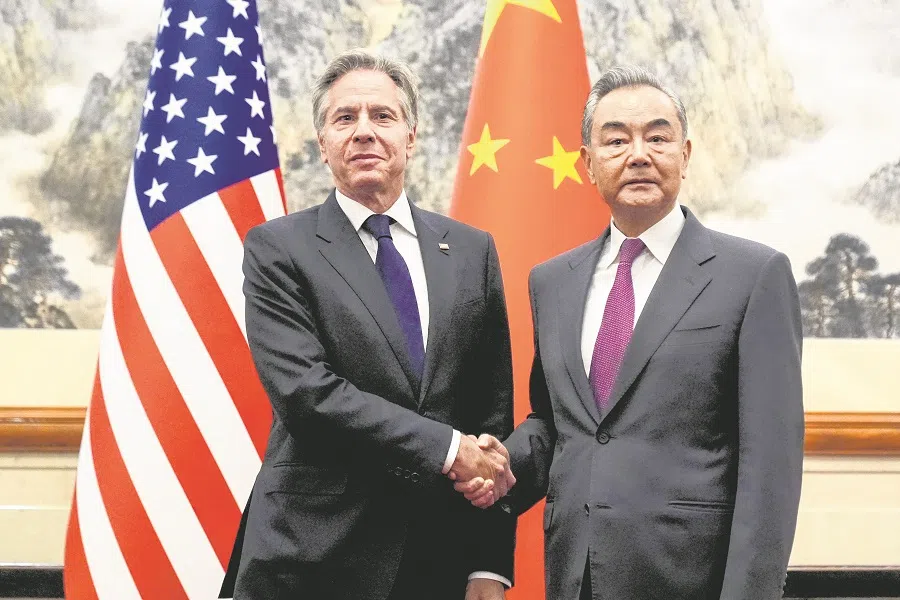
Trump’s continuation of this approach means he aims to suppress China while damaging US interests, seeking to “kill a thousand enemies” without getting hurt. This is an almost impossible dilemma in handling relations between the two strongest and most important economies in the world, not to mention the complex political, military, cultural and geopolitical conflicts between the two nations. Trump has not presented a feasible and systematic plan, at least for now.
5. Middle East policy
The Middle East remains turbulent, with significant changes in the past couple of years. US Middle East policy has always been challenging, but it might become simple under Trump. Based on his previous term and new personnel appointments, Trump’s Middle East policy appears to involve unequivocal support for Israel, aggressive suppression of Iran’s theocratic regime with regional hegemonic ambitions, and securing high-profit arms deals from oil-rich Middle Eastern countries.
While such a policy is simple and direct, it risks oversimplifying one of the world’s most complex regions. Although this approach of “cutting through the Gordian knot” may appear efficient, it risks conflating issues and deepening existing conflicts. Even if it temporarily masks underlying problems, the buildup of conflicts will lead to future instability.
... if Trump were to actually carry out territorial expansion, who will be able stop them? Barring the wishful thinking that Trump’s comments were just jokes, can the world only hope that he will choose not to do so?
6. Territorial expansion
This was not a focal point originally and no one has seriously considered the implications of the US pursuing a policy of territorial expansion for a long time. However, Trump explicitly and seriously raised the issue.
He claimed, on separate occasions, that Canada should be the 51st US state, and that the US should take back control of the Panama Canal since the country built it. He also floated the idea of buying Greenland from Denmark because of the island’s vital importance to the country, and asserted that the Gulf of Mexico should be renamed the “Gulf of America”. These statements, clearly hinting at territorial expansion, were made after his electoral victory. He even suggested using force to achieve some of these objectives.
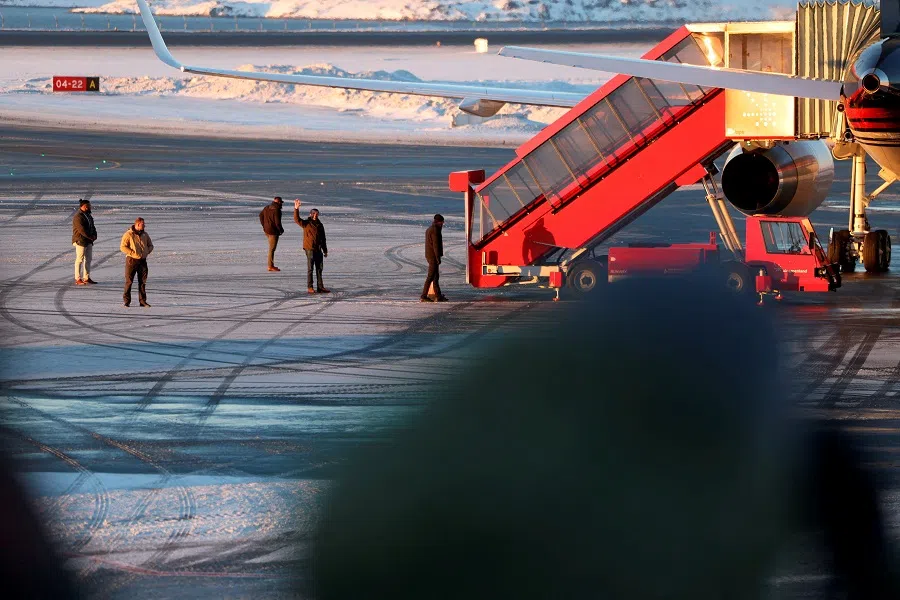
Although seemingly far-fetched, these statements immediately triggered responses from around the world and sparked widespread concern. Some even suggested that they played a role in Canadian Prime Minister Justin Trudeau’s early resignation. Meanwhile, Panama and Denmark were forced to stress the inviolability of their territorial sovereignty, while countries like the UK and France emphasised that EU territory was not up for grabs.
But what the world should truly consider is: if Trump were to actually carry out territorial expansion, who will be able stop them? Barring the wishful thinking that Trump’s comments were just jokes, can the world only hope that he will choose not to do so?
7. Relationships with its allies
On trade, Trump has already shown that no exemptions will be made even for his allies. In terms of security, he has also demanded that allies increase military spending for their own defence. Diplomatically, he and his close friend, Elon Musk, have repeatedly criticised political figures in allied nations.
Trump’s hostile approach towards allies was on full display during his first term, and there is little reason to be optimistic that things will improve during his second. He threatened to increase tariffs on goods from some allies from 10% to 25%; demanded NATO and Asia-Pacific allies to increase their military spending from 2% to over 3% of GDP; kept track of which allied political figures had criticised him; and also recorded which leaders had sent congratulatory messages or visited Mar-a-Lago.
Trump’s actions indicate he is willing to turn on any ally who does not bend to his will. It is certain that America’s relationship with its allies will deteriorate under Trump’s rule, but the extent of the damage remains to be seen.
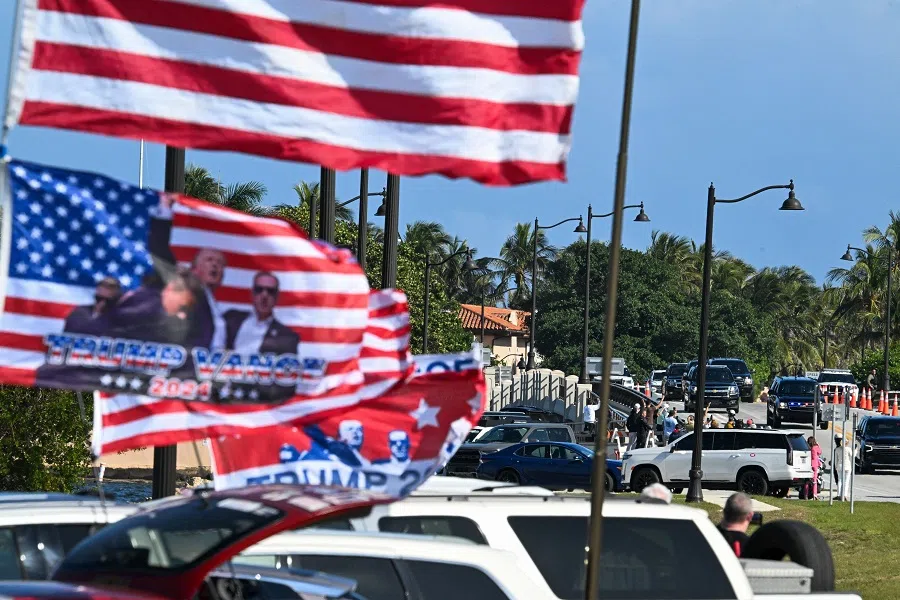
Evidently, Trump’s actions indicate he is willing to turn on any ally who does not bend to his will. It is certain that America’s relationship with its allies will deteriorate under Trump’s rule, but the extent of the damage remains to be seen.
8. International organisations
Compared with the way he treats his allies, Trump probably treats international organisations even worse. His previous term saw proposals to withhold UN dues and even relocate the UN headquarters from the US, demonstrating his disdain for the role these organisations play.
Multilateralism, global institutionalism and their tangible outcomes — including a vast array of international treaties, intergovernmental organisations and non-governmental organisations — are considered the pride of human civilisation after World War II. International society hopes that these institutions can provide platforms and mechanisms to bridge divides, reduce conflict, and promote peace and development.
But Trump’s apparent disregard and consistent lack of respect for these institutions is worrying. Instead, he often touts America’s own development and strength. Unilateralism is deeply ingrained in his thinking, and it is difficult for any international organisation to achieve much during his tenure.
9. Government functionality
The last, and perhaps most crucial, point to watch is whether the Trump administration can function effectively, as all the aforementioned policies are to be implemented and advanced by his team. Realistically, this issue is more a matter of the extent to which the government will be able to function when it is inevitably gridlocked or shut down (as it so often is). Nevertheless, it proves to be a particularly worrisome problem during the Trump administration.
... while well-intentioned, Musk’s department of government efficiency could demoralise numerous experienced civil servants, who are the backbone of policy implementation.
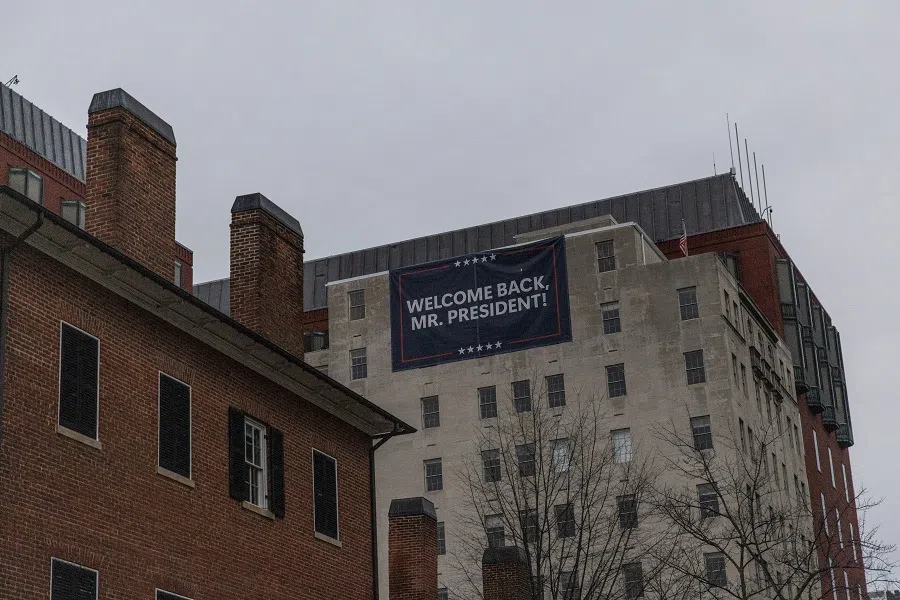
For one, his preference for and overreliance on political outsiders to suppress the establishment could hinder the development of quality policies and action plans, particularly in times of crisis. Secondly, his blatant cronyism will dampen the passion of many truly knowledgeable and capable political elites, and many valuable insights from society may be overlooked or ignored as a result. Thirdly, while well-intentioned, Musk’s department of government efficiency could demoralise numerous experienced civil servants, who are the backbone of policy implementation. Lastly, Trump’s commitment to cutting spending is directly at odds with the ballooning US budget deficit. The inability to reconcile these positions will lead to inaction. Such internal government issues could overwhelm Trump, and if not handled properly, might turn his ambitious dreams to dust.
Trump returns to power on 20 January. As he controls unprecedented resources and power, it is only natural that he has become a focal point of international attention. However, in order to better understand Trump and his administration and respond better to his various policy proposals, we will have to discern the core messages from his dizzying display of pronouncements, rhetoric and commentary. This overview of key points is certainly not exhaustive, but it may serve as a useful starting point.
This article was first published in Lianhe Zaobao as “特朗普第二任期的九个看点”.





